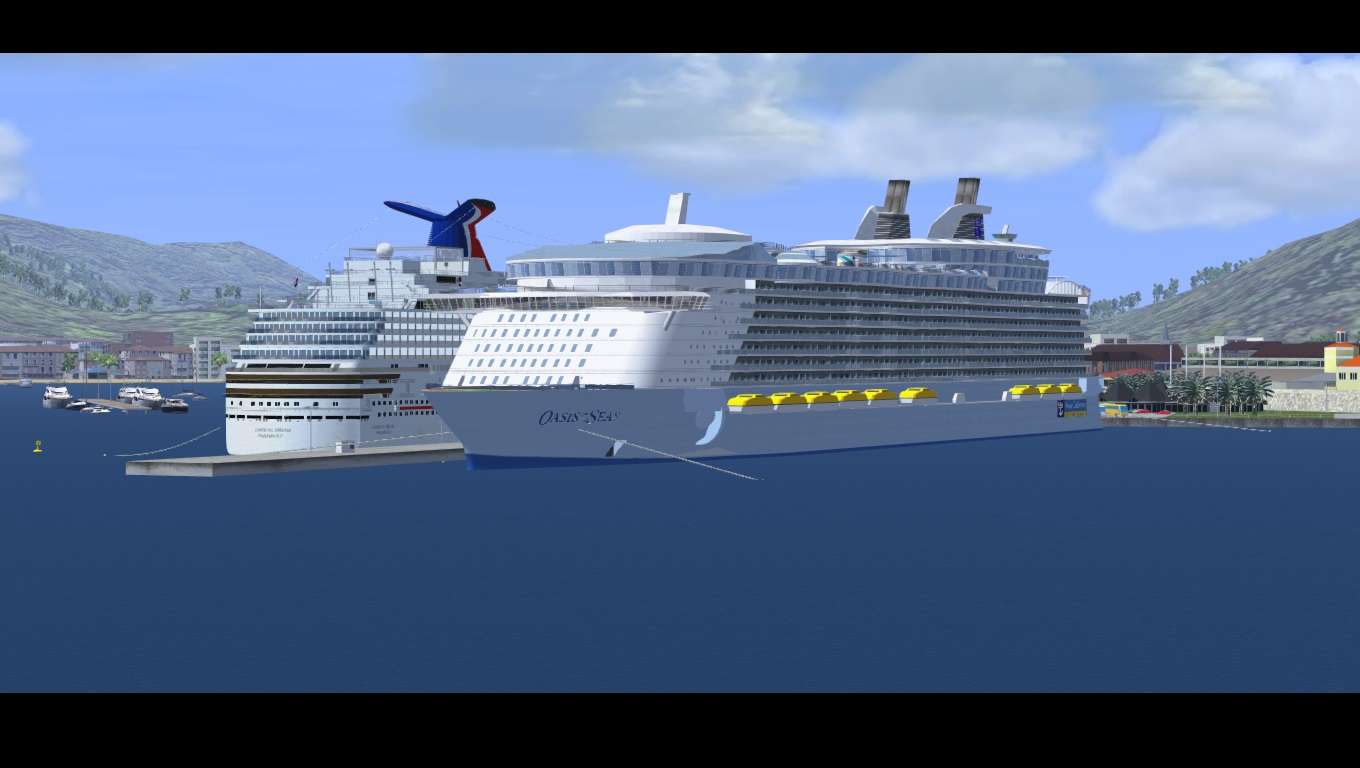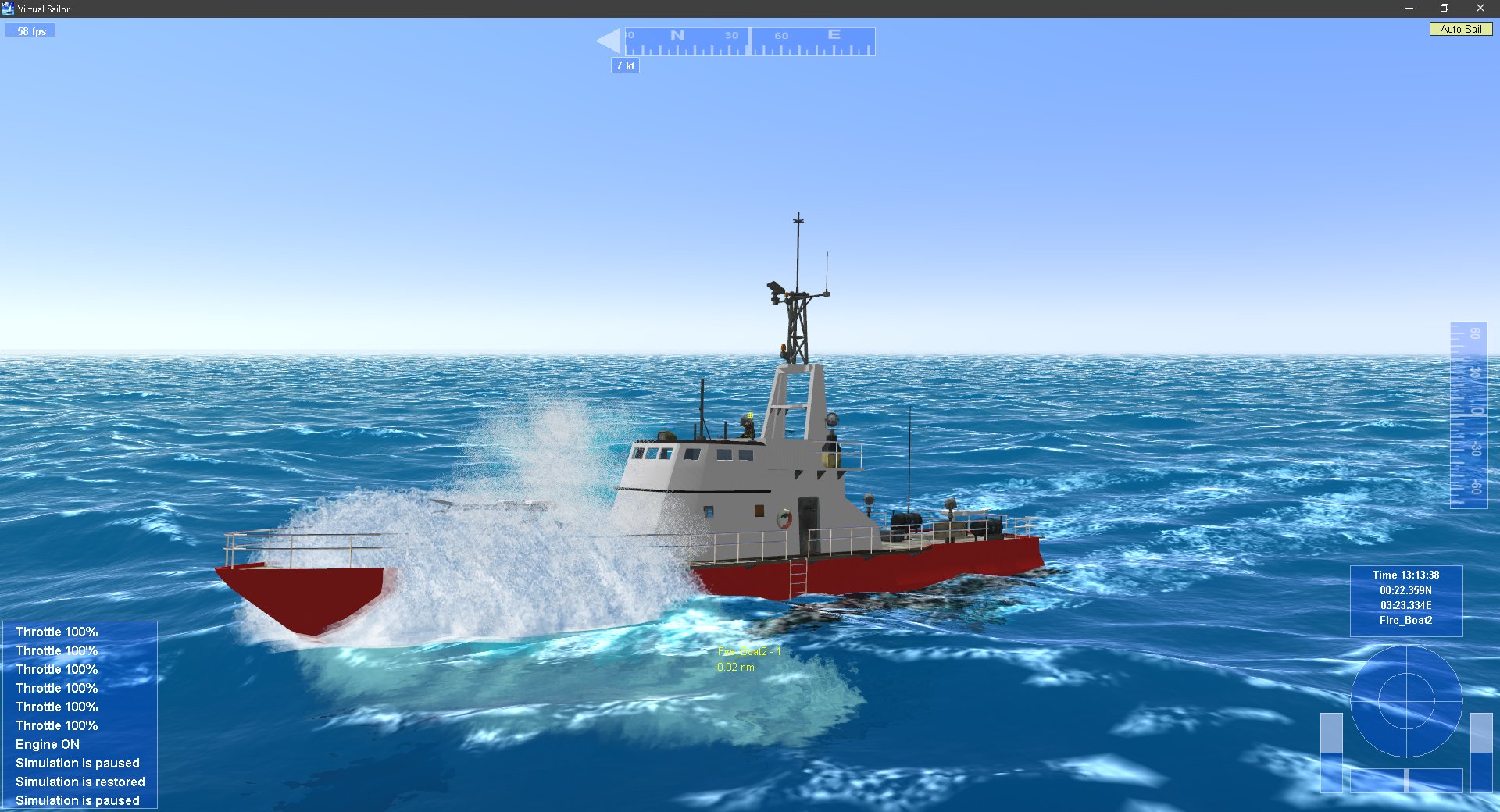

She had a distinguishable career amongst other troopships during the war. Shortly after conversion, Teaureaux was sent from Hamburg to Le Havre as her stationed homeport as it was for troop conversion. Conversion took approximately 4 months and cost roughly 2.1 million francs. She was sent to Blohm + Voss shipyards in Hamburg, Germany in January 1940 for immediate conversion. With the onset of WWII in September 1939, Sud-Atlantique decided that Teaureaux once again be converted into a troopship for pre-military services as she did 20 years ago. Following it, Teaureaux was refitted back into regular passenger service with Sud-Atlantique in early 1919, unlike her sister-which remained a hospital ship. The vessels even chartered Allied soldiers amongst neighboring countries for a duration of the war. Due to the sisters' impressive speeds of 28 knots, they gave enemy submarines extraordinarily difficult instances of interception during the wars (if they even could), and were even preferred specifically by the French army for guaranteed safety of transport of required Allied soldiers. With the onset of WWI (and eventually WWII), she was (very briefly) converted into a troopship-painted all gray, while her sister Vardeneaux served as a hospital ship for the entire duration of WWI (and eventually WWII).

Teaureaux recaptured the Riband in 1927 from Mauretania after she embarked on another voyage shortly after she received modifications, and maintained it until the early 1930s. By 1928, Chargeurs Réunis overtook Sud-Atlantique's intermediate company, though this didn't affect the ships' transatlantic services. She ended up losing the award again to her sister Vardeneaux in mid–1917. Teaureaux disembarked from Le Havre on her maiden voyage to New York Harbor on Februand immediately captured the Blue Riband from Cunard's Mauretania by shattering her speed record only one week later. The vessel intermittently held the Blue Riband between 19, by alternating speed records between Cunard's Mauretania (of 1906) and herself, and single-handedly losing it in 1936 to Cunard's Queen Mary (which finally lost it again to the United States Lines' S.S. Atlantique, which was unfortunately lost in a blaze in 1933, and then replaced with the newer S.S. Teaureaux was the flagship of Compagnie de Navigation Sud-Atlantique from the time of her completion in early 1916 to the mid-1930s, when she was replaced by M.S. During Teaureaux's construction, her company underwent several operative modifications including the subsidiary's takeover by the ordinant company Compagnie Générale Transatlantique (known as the French Line, or CGT), which was then placed under the control of the higher ordinance Chargeurs Réunis, in 1916. Teaureaux was part of a French response to the superliners built by the German and British companies in the late 1910s, 1920s and mid-1930s that included Norddetuscher-Lloyd, the Cunard Line and the White Star Line. Vardeneaux-were built for the purpose of fulfilling Sud-Atlantique's dual-ship weekly express service between the ports on the coasts and shores of France, Spain, West Africa, Brazil, Argentina, Guyana, the Caribbean and New York.

Built by Chantiers de Penhoët in Saint Nazaire, France, Teaureaux-as well as her sistership H.S. Teaureaux is a now retired ocean liner which sailed primarily in the Southern Atlantic waters between 19 for Compagnie de Navigation Sud-Atlantique.


 0 kommentar(er)
0 kommentar(er)
